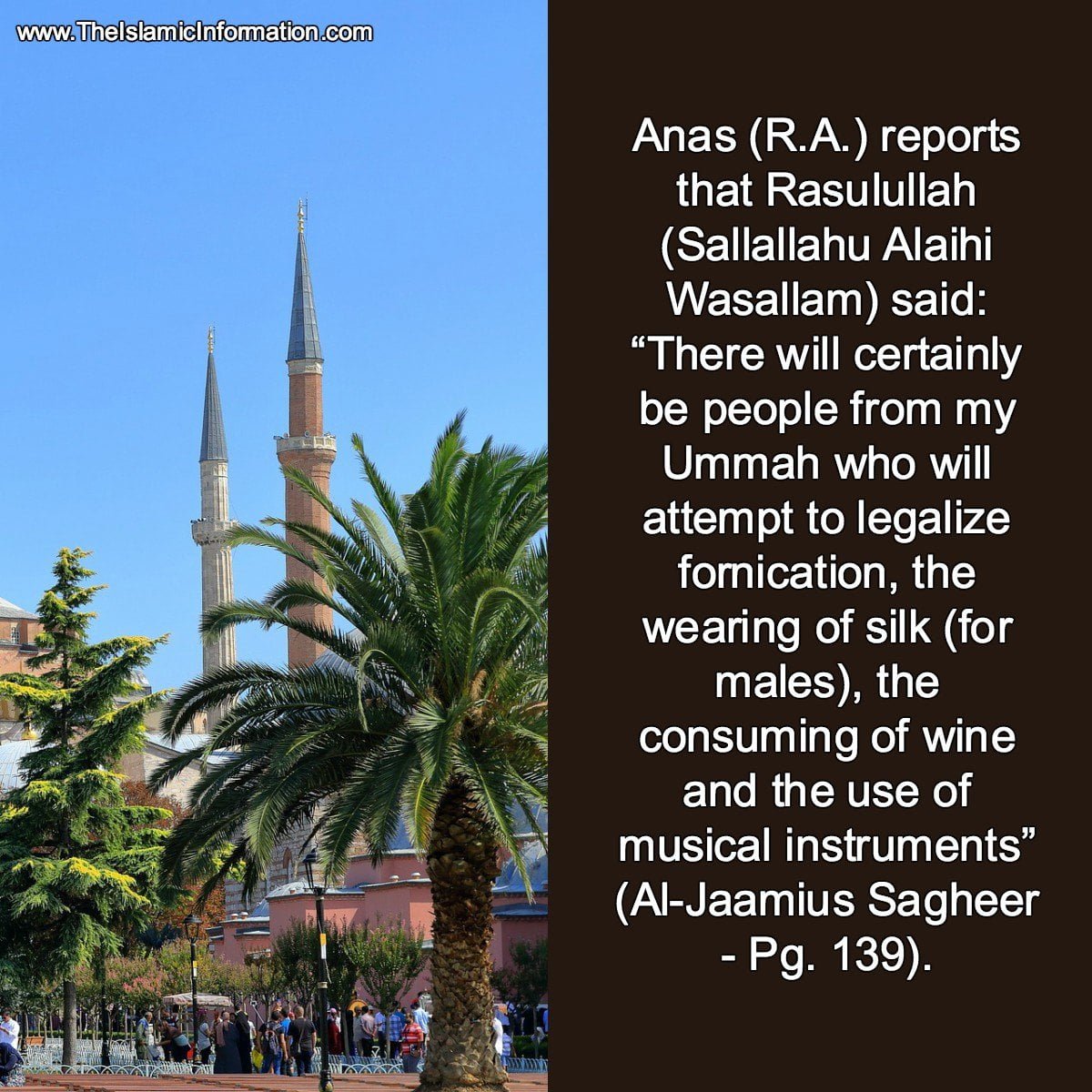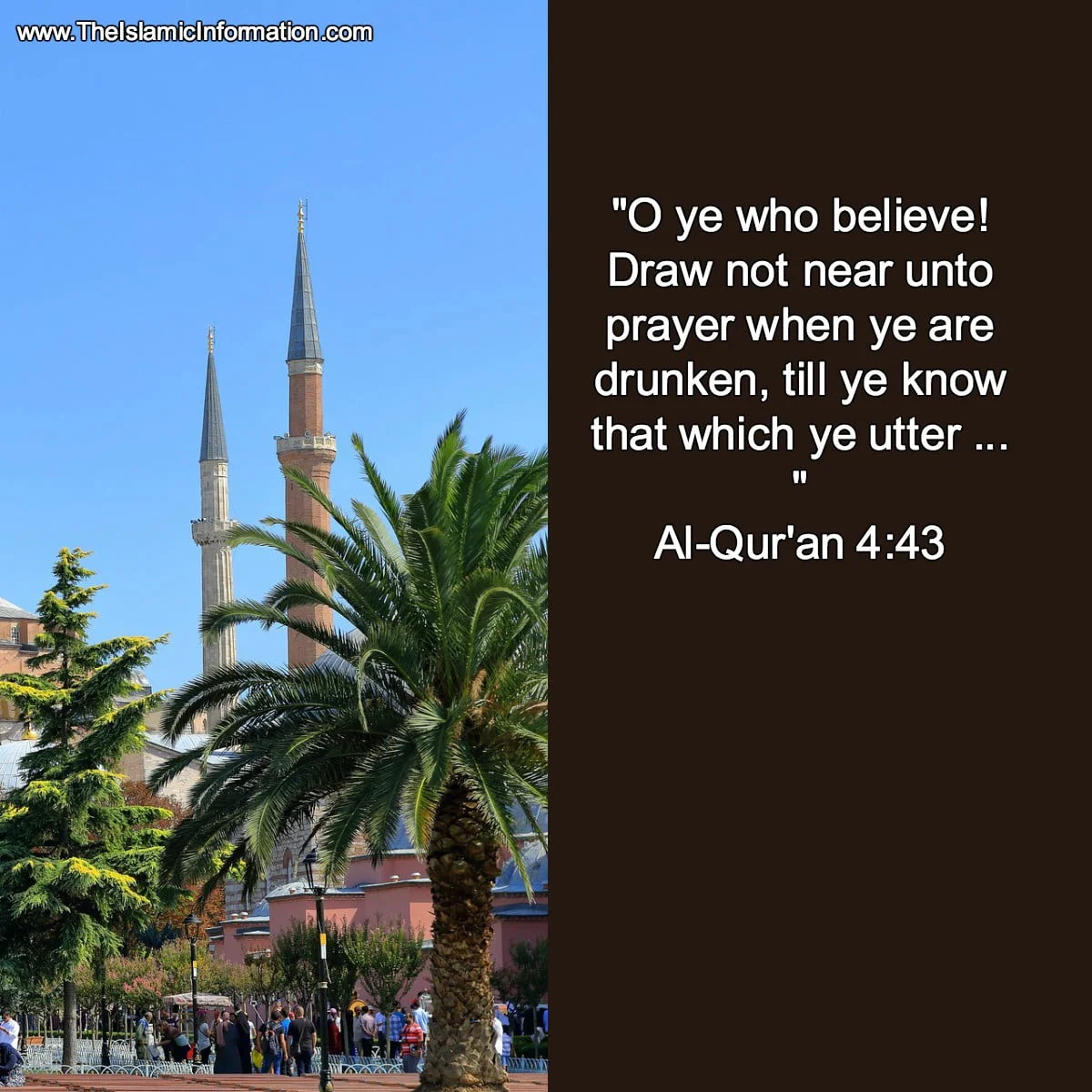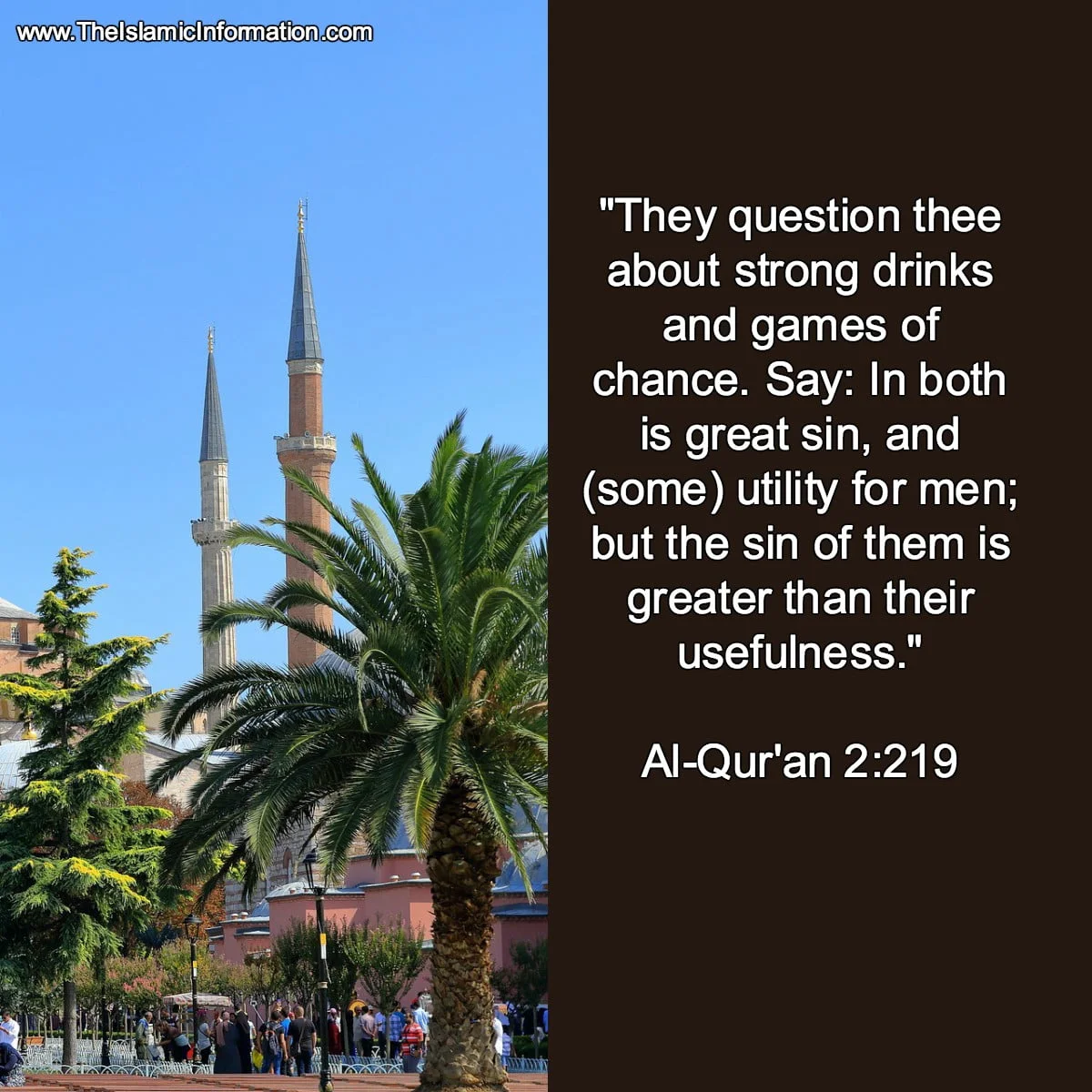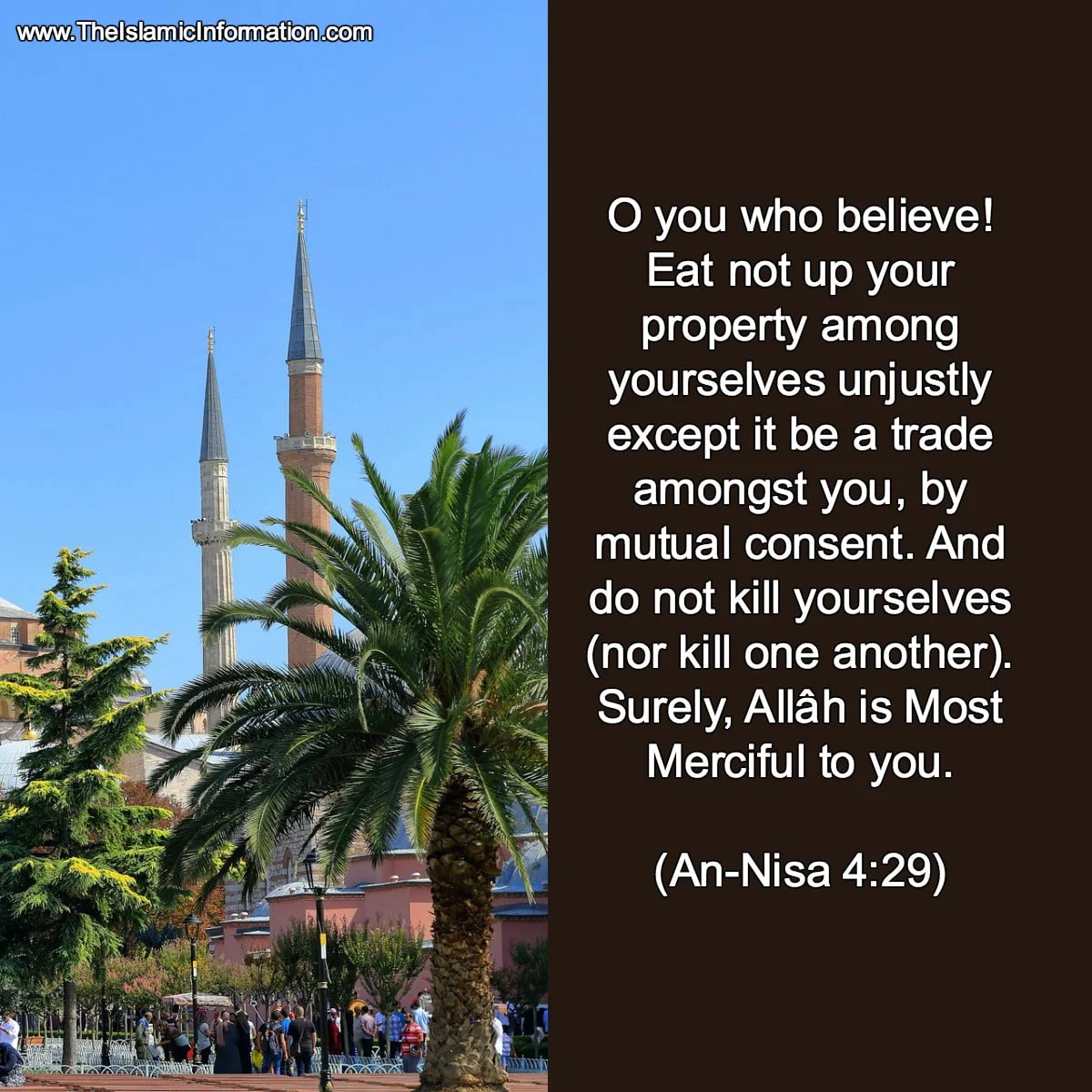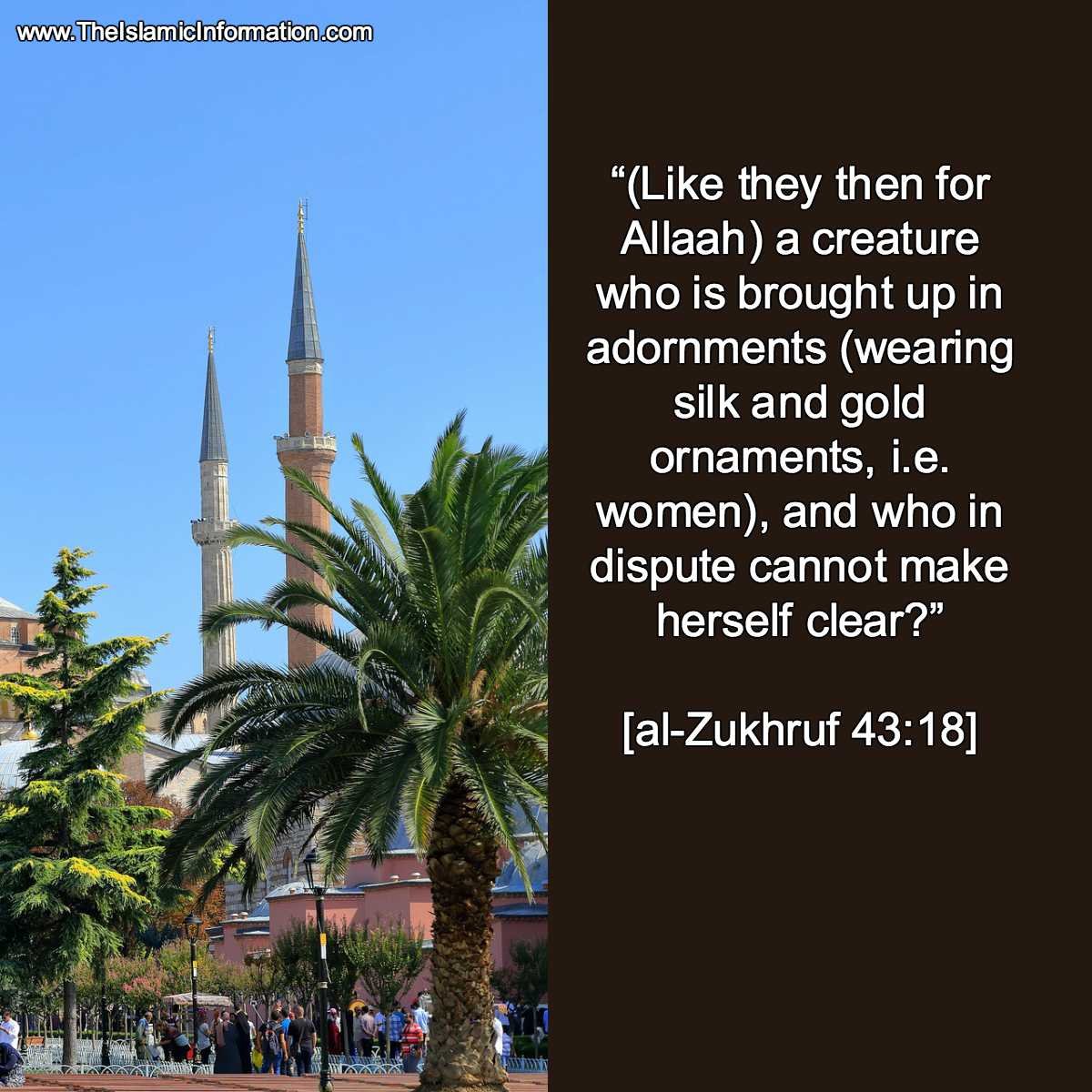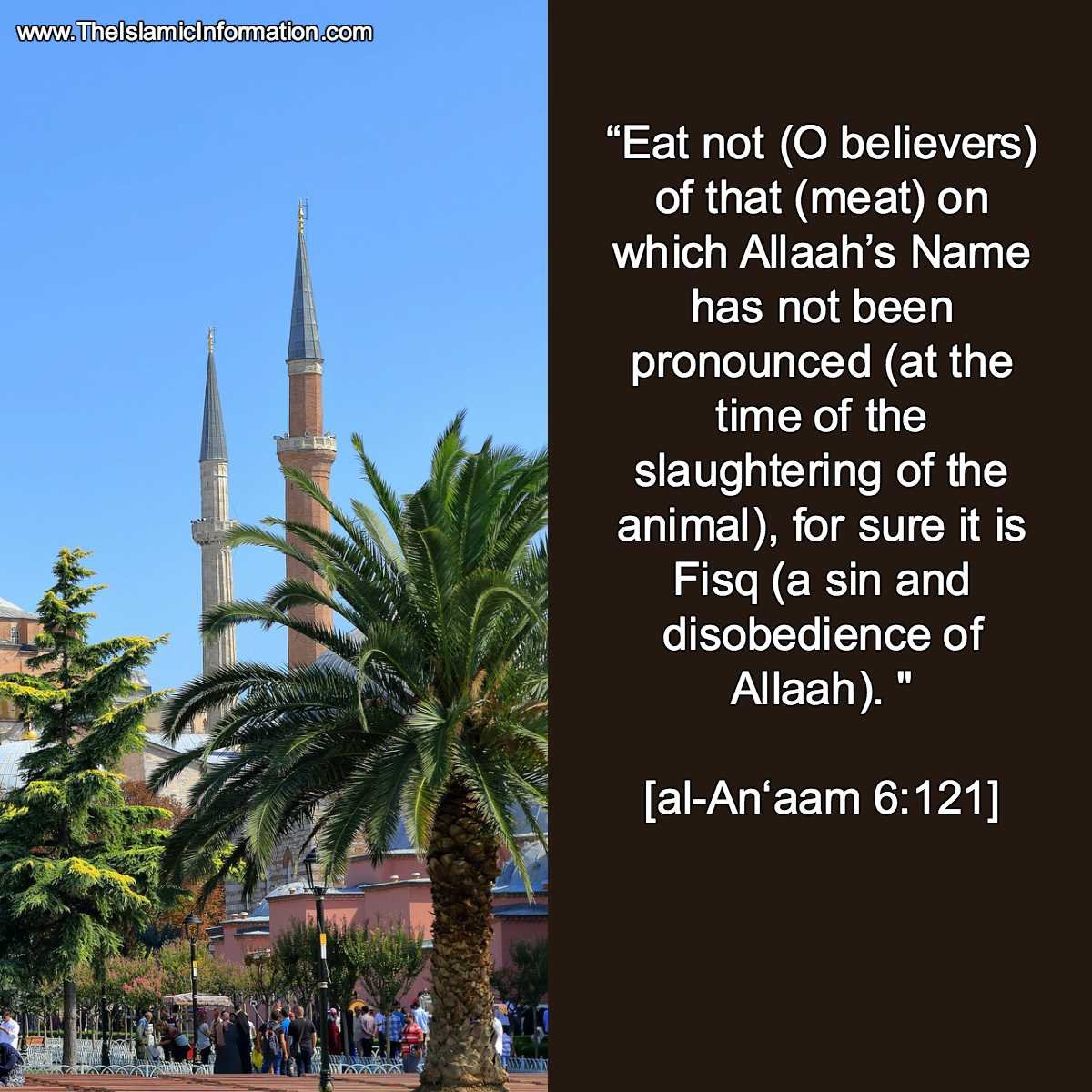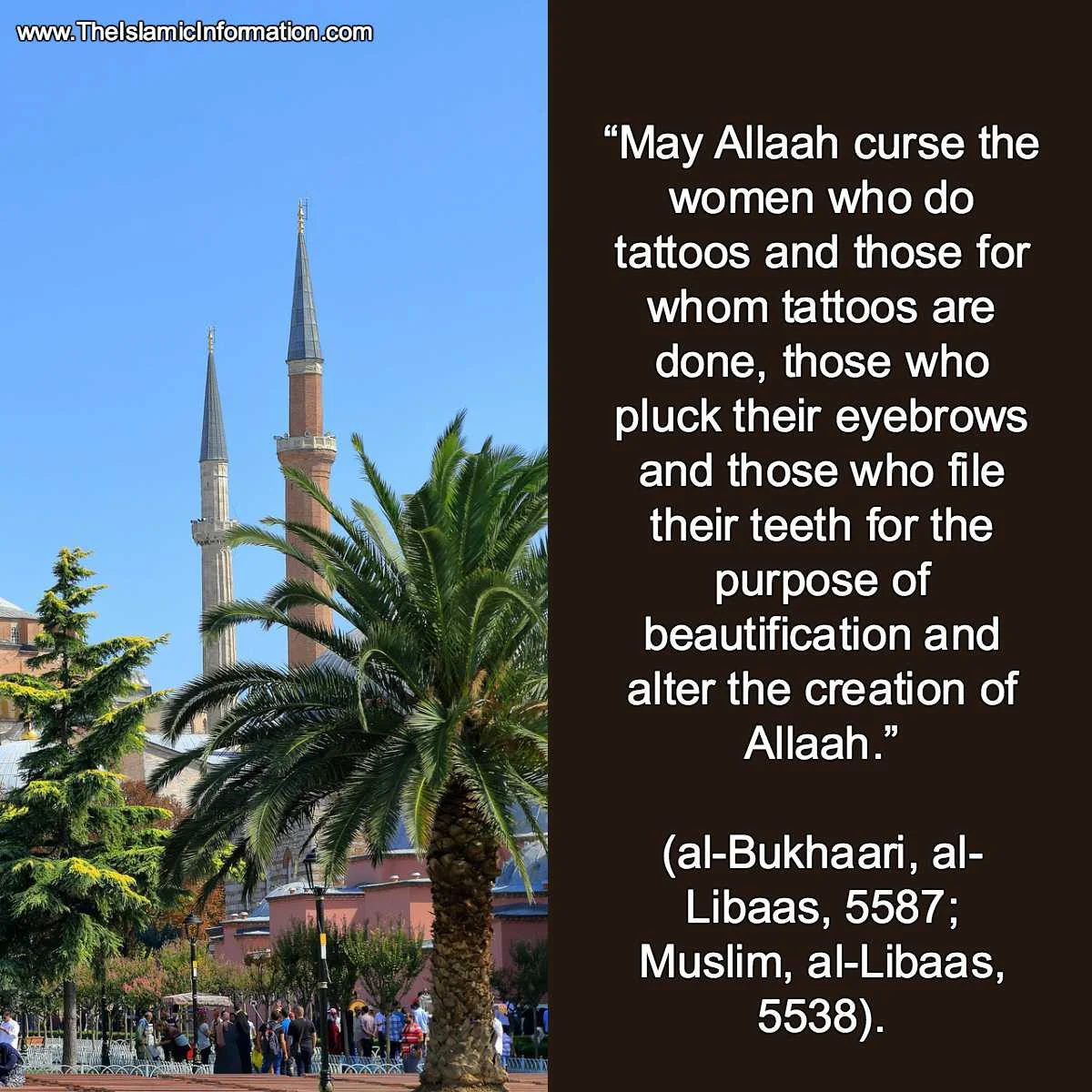Is Islamic clothing restrictive?: Dress
requirements are not meant to be restrictive for either men or women,
and most Muslims who wear modest dress do not find it impractical. Many
people continue with their activities in all levels and walks of life.
A Japanese Woman's Experience of Hijaab
by Nakata Khaula
When I reverted to Islam, the religion of our inborn nature, a fierce
debate raged about girls observing the hijab at schools in France. It
still does. The majority, it seemed, thought that wearing the headscarf
was contrary to the principle that public - that is state-funded -
schools should be neutral with regard to religion. Even as a non-Muslim,
I could not understand why there was such a fuss over such a small
thing as a scarf on a Muslim student's head. The feeling still persists
amongst non-Muslims that Muslim women wear the hijab simply because they
are slaves to tradition, so much so that it is seen as a symbol of
oppression. Women' s liberation and independence is, so they believe,
impossible unless they first remove the hijab.
Such
naivet� is shared by "Muslims" with little or no knowledge of Islam.
Being so used to secularism and religious eclecticism, pick and mix,
they are unable to comprehend that Islam is universal and eternal. This
apart, women all over the world, non-Arabs, are embracing Islam and
wearing the hijab as a religious requirement, not a misdirected sense of
"tradition."
I
am but one example of such women. My hijab is not a part of my racial
or traditional identity; it has no social or political significance; it
is, purely and simply, my religious identity.
I
have worn the hijab since embracing Islam in Paris. The exact form of
the hijab varies according to the country one is in, or the degree of
the individual's religious awareness. In France I wore a simple scarf,
which matched my dress and perched lightly on my head so that it was
almost fashionable! Now, in Saudi Arabia, I wear an all-covering black
cape; not even my eyes are visible. Thus, I have experienced the hijab
from its simplest to its most complete form.
What
does the hijab mean to me? Although there have been many books and
articles about the hijab, they always tend to be written from an
outsider's point of view; I hope this will allow me to explain what I
can observe from the inside, so to speak. When I decided to declare my
Islam, I did not think whether I could pray five times a day or wear the
hijab. Maybe I was scared that if I had given it serious thought I
would have reached a negative conclusion, and that would affect my
decision to become a Muslim. Until I visited the main mosque in Paris I
had nothing to do with Islam; neither the prayers nor the hijab were
familiar to me. In fact, both were unimaginable but my desire to be a
Muslim was too strong (Alhamdulilah) for me to be overly concerned with
what awaited me on the "other side" of my conversion.
The
benefits of observing hijab became clear to me following a lecture at
the mosque when I kept my scarf on even after leaving the building. The
lecture had filled me with such a previously unknown spiritual
satisfaction that I simply did not want to remove it. Because of the
cold weather, I did not attract too much attention but I did feel
different, somehow purified and protected; I felt as if I was in Allah's
company.
As
a foreigner in Paris, I sometimes felt uneasy about being stared at by
men. In my hijab I went unnoticed, protected from impolite stares.
My
hijab made me happy; it was both a sign of my obedience to Allah and a
manifestation of my faith. I did not need to utter beliefs, the hijab
stated them clearly for all to see, especially fellow Muslims, and thus
it helped to strengthen the bonds of sisterhood in Islam.
Wearing
the hijab soon became spontaneous, albeit purely voluntary. No human
being could force me to wear it; if they had, perhaps I would have
rebelled and rejected it. However, the first Islamic book I read used
very moderate language in this respect, saying that "Allah recommends it
(the hijab) strongly" and since Islam (as the word itself indicates)
means we are to obey Allah's will I accomplished my Islamic duties
willingly and without difficulty, Alhamdulilah.
The
hijab reminds people who see it that God exists, and it serves as a
constant reminder to me that I should conduct myself as a Muslim. Just
as police officers are more professionally aware while in uniform, so I
had a stronger sense of being a Muslim wearing my hijab.
Two
weeks after my return to Islam, I went back to Japan for a family
wedding and took the decision not to return to my studies in France;
French literature had lost its appeal and the desire to study Arabic had
replaced it. As a new Muslim with very little knowledge of Islam it was
a big test for me to live in a small town in Japan completely isolated
from Muslims. However, this isolation intensified my Islamic
consciousness, and I knew that I was not alone as Allah was with me.
I
had to abandon many of my clothes and, with some help from a friend who
knew dressmaking; I made some pantaloons, similar to Pakistani dress. I
was not bothered by the strange looks the people gave me!
After
six months in Japan, my desire to study Arabic grew so much that I
decided to go to Cairo, where I knew someone. None of my host family
there spoke English (or Japanese!) and the lady who took my hand to lead
me into the house was covered from head to toe in black. Even her face
was covered. Although this is now familiar to me here in Riyadh, I
remember being surprised at the time, recalling an incident in France
when I had seen such dress and thought, �there is a woman enslaved by
Arabic tradition, unaware of real Islam,� (which, I believed, thought
that covering the face was not a necessity, but an ethnic tradition).
I
wanted to tell the lady in Cairo that she was exaggerating in her
dress,that it was unnatural and abnormal. Instead, I was told that my
self-made dress was not suitable to go out in, something I disagreed
with since I understood that it satisfied the requirements for a
Muslimah. But, when in Rome, I bought some cloth and made a long dress,
called khimar, which covered the loins and the arms completely. I was
even ready to cover my face, something most of the sisters with whom I
became acquainted did. They were, though, a small minority in Cairo.
Generally
speaking, young Egyptians, more or less fully westernized, kept their
distance from women wearing khimar and called them �the sisters�. Men
treated us with respect and special politeness. Women wearing a khimar
shared a sisterhood which lived up to the Prophet�s saying (Allah�s
blessings and peace on him) that �a Muslim gives his salaam to the
person he crosses in the street, whether he knows him or not.� The
sisters were, it is probably true to say, more conscious of their faith
than those who wear scarves for the sake of custom, rather than for the
sake of Allah. Before becoming a Muslimah, my preference was for active
pants-style clothes, not the more feminine skirt, but the long dress I
wore in Cairo pleased me; I felt elegant and more relaxed.
In
the western sense, black is a favourite colour for evening wears as it
accentuates the beauty of the wearer. My new sisters were truly
beautiful in their black khimar and with a light akin, to saintliness
shone from their faces. Indeed, they are not unlike Raman Catholic nuns,
something I noticed particularly when I had occasion to visit Paris
soon after arriving in Saudi Arabia.
I
was in the same Metro carriage as a nun and I smiled at our similarity
of dress. Hers was the symbol of her devotion to God, as is that of a
Muslimah. I often wonder why people say nothing about the veil of the
Catholic nun, but criticise vehemently the veil of a Muslimah, regarding
it as a symbol of �terrorism� and �oppression.�
I
did not mind abandoning colourful clothes in favour of black; in fact, I
had always had a sense to longing for the religious lifestyle of a nun
even before becoming a Muslimah!
After
another six months in Cairo, however, I was so accustomed to my long
dress that I started to think that I would wear it on my return to
Japan. My concession was that I had some dresses made in light colours,
and some white khimars, in the belief that they would be less shocking
in Japan than the black variety.
I
was right. The Japanese reacted rather well to my white khimars, and
they seemed to be able to guess that I was of a religious persuasion. I
heard one girl telling her friend that I was a Buddhist nun; how similar
a Muslimah, a Buddhist nun and a Christian nun are! man who would not
normally be accustomed to talking about religion.
My
father was worried when I went out in long sleeves and a head-cover
even in the hottest weather, but I found that my hijab protected me from
the sun. Indeed, it was I who also felt uneasy looking at my younger
sister� s legs while she wore short pants.
Muslims
are accused of being over-sensitive about the human body but the degree
of sexual harassment which occurs these days justifies modest dress.
Just as a short skirt can send the signal that the wearer is available
to men, so the hijab signals, loud and clear: �I am forbidden for you.�
The
Prophet once asked his daughter Fatima, "What is the best for a woman?�
And she replied: �Not to see men and not to be seen by them.� Having
married, I left Japan for Saudi Arabia, where it is customary for the
women to cover their faces outdoors. I was impatient to try the niqab
(face cover), and curious to know how it felt. Of course, non-Muslim
women generally wear a black cloak, rather nonchalantly thrown over
their shoulders, but do not cover their faces; Non-Saudi Muslim women
also often keep their faces uncovered.
My
first niqab left my eyes uncovered. But in winter I wore a fine
eye-covering as well. It is an error of judgment to think that a Muslim
woman covers herself because she is a private possession of her husband.
In fact, she preserves her dignity and refuses to be possessed by
strangers. Observing the hijab from outside, it is impossible to see
what it hides. The gap, between being outside and looking in, and being
inside and looking out, explains in part the void in the understanding
of Islam. An outsider may see Islam as restricting Muslims. Inside,
however, there is peace, freedom, and joy, which those who experience it
have never known before.
Practising
Muslims, whether those born in Muslim families or those reverted to
Islam, choose Islam rather than the illusory freedom of secular life. If
it oppresses women, why are so many well-educated young women in
Europe, America, Japan, Australia, indeed all over the world, abandoning
�liberty� and �independence� and embracing Islam?
A
person blinded by prejudice may not see it, but a woman in hijab is as
brightly beautiful as an angel, full of self-confidence, serenity, and
dignity.
WHY ALCOHOL HARAM IN ISLAM
ALCOHOL HARAM IN ISLAM
Alcohol use by mom-to-be ups baby's infection risk
Wednesday, June 15 @ 12:37:33 EEST
ÇáãæÖæ? Alnilin
A
woman who drinks alcohol during pregnancy increases the chances of her
newborn acquiring an infection soon after birth, according to a new
report. "Despite the well publicized risk of drinking during pregnancy,
there
continues to be a significant number of women who drink during
pregnancy," Dr. Theresa W. Gauthier from Emory University, Atlanta, told
Reuters Health. "It remains unknown," she explained, "how even a small
amount of alcohol exposure can affect the newborn infant in terms of
infection, particularly before or early in the pregnancy, prior to its
recognition." Gauthier and her associates examined the effects of
alcohol use by mothers on the development of infection in their babies,
using data from the Maternal Lifestyles and Development Study that
included information on 11,656 infants delivered between 32 and 42 weeks
gestation. Increasing amounts of maternal alcohol consumption at any
point during pregnancy -- or indeed during the three months before
pregnancy -- significantly increased the risk of neonatal infection, the
team reports in the medical journal Alcoholism: Clinical and
Experimental Research. Heavy drinking (at least seven drinks per week)
during the second trimester increased the risk of infection in the
newborn nearly seven-fold compared with abstaining from alcohol, the
report indicates. Binge drinking during the second or third trimester
more than quadrupled the risk of infection. "To our knowledge," the
researchers say, "the current study provides the first large clinical
analysis suggesting a link between neonatal infection in the nursery
with excessive maternal alcohol use during pregnancy." In comments to
Reuters Health, Gauthier said: "All women of child bearing age,
including teenagers, must be counseled by health workers, educators, and
family that drinking any amount of alcohol before or during the chance
they may become pregnant is dangerous not only for themselves but for
their developing baby.
" Some Important Link "
WHY PORK HARAM IN ISLAM

WHY PORK IS HARAM IN ISLAM?
PORK IS SIN AND SICKNESS
Author Uknown
Muslims'
abstention from pork eating is in adherence to the
Qur'anic Law which states: "Forbidden to you for (food)
are: dead meat, blood and the flesh of the swine and that
which hath been invoked the name other than Allah." Holy
Qur'an 5:4
Such
prohibition is also found in the Bible: " The pig also
because it is a splitter of the hoof but there is no cud.
It is unclean for you. None of their flesh must you eat
and carcass you must not touch. " Deuteronomy 14:8
(Bible)
Islam
(an Arabic word which means submission to the will of
the Almighty God) has laid down the foundation for the
best approach in keeping good health. In the Holy Qur'an
(The Last Testament ) God exhorts the believers to select
the best food and to stay away from any harmful food to
maintain good health: " Let him find out which is the best
food (to be had) ... Eat of the best foods We have provided for
you . " ( Holy Qur'an 18:19;7:160 )
The
main purpose of a True Religion must be to build an
ideal community in this world ; a religion that promotes
moral, political and economic well; social harmony and
peace, as well as good health of its believers or followers.
Health means the physical and mental well-being and freedom from
diseases and pain.There are several passages in the Bible,
articulating that because of sin (a transgression of the
law of God) God afflicted human beings with maladies
(Ps.103:3;Exodus 15:26 and Psalms 107:16-20). Islamic
instructions and teachings espousing health consciousness
have scriptural and scientific support
MEDICAL
ASPECT OF THE PROHIBITION Abstention from eating pork is
a measure to safeguard health. Of all the domestic
animals, pig is the most avaricious, eating anything
including human excreta. It is the cradle of harmful
germs and parasites. Its meat is carrier of diseases to man, thus
making it unfit for human consumption.
CHARACTER OF PIG
All
types of animals are lawful to be eaten whether those
living on land or in the water except those animals
specifically forbidden in the Holy Writings revealed by
the Almighty Creator and the sayings of the Prophet with
clear and well defined injunctions. Pig belong to the
forbidden animals, and not allowed to be eaten by the believers.
Pig eats almost anything dirty and they are very lazy animals.
It is the most avaricious of all domestic animals.
Amongst all animals, pig is the cradle of harmful germs.
It's meat serves as carrier of diseases to mankind. It is
this very reason that made it unfit for human
consumption consumption
DISEASES CAUSED BY PORK
The
following lists show germs or parasites that are found
in pork and some diseases caused by them. Many of these
diseases are contagious while some are proven fatal.This
proves that the more science advances the more Islam is
shown correct as a religion of God.
PARASITIC DISEASES
a) TRICHINELLA SPIRATIS ( Trichina worms )
It
is the most dangerous parasite to man ( Rheumatism and
muscular pain). The infected persons shown no symptoms,
recover very slowly some die, some reduced to permanent
invalids. No one is immune from this disease and there is
no cure.
b) TAENIA SOLIUM ( Pork tape worm )
The
worm causes malnourishment of the person leading to
amenia, diarrhoea, extreme depression melancholia and
digestive disturbances. Cysticercosis means that larva
enter the blood stream then settle down in one or more of
the vital organs of the body, for example: brain, liver,
lungs or spinal cord. They grow and encapsulate, inducing pressure
to the system around, resulting in dangerous diseases
(diarrhoea, digestive disorder, amenia, chronic
invalidation).
c) ROUND WORMS
Examples: Ascaris, which may lead to digestive disturbances, appendicitis, obstructive jaundice.
d) HOOK WORMS
Examples:
Ancylostomiasis, which may lead to amenia, oedema, heart
failure or retarded growth ( mental and physical),
tuberculosis, diarrhoea and typhoid.
e) SCHITOSOMA JAPONICUM
Bleeding,
amenia and other syndromes. If ova are settled in the
brain or spinal cord, paralysis and death may occur.
f) PARAGOMINES WESTERMAINI
Infestation leading to bleeding of the lungs ( endenve haemoptysis)
g) PACIOLEPSIS BUSKI
Digestive disturbances leading to persistent diarrhoea; generalized oedema.
h) CLONORCHIS SINENSIS
chlonorchiasis-obstructive jaundice, liver enlargement.
i) METASTRONGYLUS APRI
Causes bronchitis, abscess of the lungs.
j) GIGANTHORINCHUS GIGAS
Cause amenia and digestive disorders.
k) BALATITIDIUM COLI
Causes acute dysentery and general weakness
BACTERIAL DISEASES
1. Tuberculosis
2. Fusiformis necrofurus: causing foot-rot which is very difficult to heal.
3. Salmonella Cholera suis: causing cholera
4. Paratyphoid
5. Bruceellosis: Acute, sub acute and chronic. It may lead to permanent disabilities.
6. Swine Erysipelas: causing Erypelas in man.
Viral Diseases
1. Small pox: is was a source of infection to man.
2. Japanese B-encepphalitis: It is the source of infection
3. Influenza, foot mouth disease, gastroenteritis of the new born babies.
Protozoal
Diseases : Toxo plasma goundii- It is a very dangerous
diseases. A new born baby of an infected woman may die
within few days or weeks after delivery. But if he
survives he may develop blindness or deafness. In adult
chronic exhaustive fever with enlarged liver and spleen
may occur. Pneumonia, or celebro- spinal meningitis which may lead
to death or madness. The patient may become blind and deaf
too.
Fats In Pigs:
Pork
contains more fats than other meats. Therefore, people
who are fond of pork are more obese than others.
Cholesterol is higher in their blood thus making them
more prone to asthereosclerosis cardiovascular accidents
and sudden death.
Other Diseases :
Flesh
of the pork is hard to digest and may lead to chronic
digestive disturbances. Pimples, boils, cysts are common
in pork eaters. These are some of the parasites and
diseases found in pork and/ or the skin of pigs and
certainly there are many more. There is still no means of
killing these parasites, in the tissues, neither has anyone found
a method of expelling them, even produced any specific
treatment for the diseases.
BIBLICAL ASPECT OF THE PROHIBITION
Old Testament
The
Jews and the different Christian sects and denominations
believe in the Old Testament. Adherents of other
religions alleged that the prohibition was already
superseded by the New Testament. This cogent argumentation
is inconclusive. No one can specifically point out that Jesus Christ
(PBUH) lifted the prohibition. On the contrary, he upheld
it he declared: " Think not that I have come to abolish
the law and the prophets: I have come not to abolish them
but to fulfil them." (Matthew 5:17 RSV)
Jesus
Christ (PBUH) was obviously referring to the existing
Law of his time , the Mosaic Law !- in which the Law
prohibiting pig as article of food is mentioned.
(Leviticus 11:7-11)
"
As for any beast that is a splitter of the hoof but is
not a former of the cleft and not a chewer of the cud,
they are unclean for you. Everyone touching them will be
unclean. " Leviticus 11:26
In
addition, the book of Prophet Isaiah said: " Who sit in
tombs, and spend the night in secret places who eats
swine's flesh and broth of abominable things is in their
vessels;... These are a smoke in my nostrils, a fire that
burns all the day. " ( Isaiah 65:4,5b RSV)
The New Testament
Despite
the Biblical injunction prohibiting pork as food, still
people of other religious persuasions insist on finding
ways and reasons to justify their consumption of
prohibited animals arguing that said Biblical prohibition
was already superseded in the New Testament when in
certainly, no one can specifically point out that Jesus Christ (PBUH)
indeed lifted the prohibition. On the contrary, Jesus
(PBUH) declared: " Think not that I have come to abolish
the law and the prophets. I have come not to abolish but
to fulfill them. " ( Matthew 5:17 ) The fact is, we will
find in Mark 5:1-20 that Jesus (PBUH) even permitted the
foul spirits (evil spirits) possessing a man to enter
into the herb of swine. Since the flesh of pig is unlawful
for the Jews, to eat and since it is considered unclean, (Leviticus
11:7-8) consequently, the Jews are not to keep or raise
them. This Biblical account states that Jesus (PBUH)
punished the owners of the swine; destroyed their
unlawful livelihood and at the same time showed that pig
is the habitat of unclean spirits.
MUSLIMS FOLLOW THE DIVINE LAW
Islam
means" submission to the will and command of God " and a
person who embraced this religion is called " Muslim "
which means " one who accepts and submits himself to the
will of God. A Muslim is obliged to be clean both
spiritually, mentally and physically. Abstention from
eating flesh of swine is one of the obligation a Muslim
must observe to attain purity of the soul and of the human
nature. The believers in Islam, sincerely believe in the Holy Qur'an
as the Word of God, revealed to Prophet Muhammad (PBUH)
which says: " Allah has forbidden you only what dies of
itself and blood and the flesh of swine and that over
which any other name than that of Allah has been invoked;
but whoever is driven to (it), not desiring nor
exceeding the limit, then surely Allah is Forgiving, Merciful.
" ( 16:115 )
We
should bear in our mind that the abstention from eating
pork by the Muslims is based on hygienic grounds and of
the cultivation of purity of character. Pork is not
poisonous as to kill people right on the spot but latent.
It will destroys slowly. It is certainly not as
nourishing as any other meat and it causes prolonged sufferings.
Pondering on the wisdom of this saying: "Health is wealth "
will lead you to better living and prosperity. The last
Prophet Muhammad (SAW) said: " There are two blessing
which many people lose: health and the free time for
doing good ...The stronger believer (in health) is more
blessed and more beloved to Allah than the weak believer.
"
It
is not required of the believer to always find a
scientific justification for the divine prohibitions.
However, if they look and find it, they must share the
information, that will increase their faith. To the contrary,
lack of confirmation should not question the authenticity of the
Qur'an. We believe that all Qur'anic statements are true,
and if science has not confirmed some of them yet, it
will do so in the future,
WHAT HAPPENS INSIDE YOUR
BODY WHEN YOU EAT PORK
prohibit swine (PIG)flesh
Why did Islam prohibit eating the flesh of swine?
The
answer to this question has remained debatable among Muslims and those
of other religions who eat the flesh of swine and breed pigs, as they
were unconvinced of the reasons for which Islam forbade eating the flesh
of swine until they were panic-stricken by the epidemic outbreak of
swine flu that overwhelmed the world.
Let
Dr. Hassaan Mustafa, a member of the World Union of Health in Canada,
enumerate to us the diseases transmitted by the flesh of swine to man:
1.
The pig cannot get rid of the entire quantity of uric acid that is
formed in its body, given that it is the main element of urine. It gets
rid of only 2% and 98% remains in its flesh. That simply means that the
flesh of swine is saturated with the main element of urine, which the
bodies of all living beings on the surface of the earth endeavor to get
rid of through the urinary system, due to the poisonous substances it
contains. This is why those who eat the flesh of swine have high rates
of arthritis, due to the high rate of uric acid in their blood.
2.
The flesh of swine is hard to digest; and it takes four complete hours
in order to be digested, given that the amount of digested protein that
is absorbed after that process does not exceed 14%. For this reason, the
flesh of swine is nutritiously bad and unworthy of the money paid for
it, given that the flesh of swine, in many countries, is more expensive
than the flesh of other animals whose flesh is edible with no similar
problems.
3.
The flesh of swine contains high rates of the growth hormone, which
accelerates the proliferation of cancer cells if there are any.
4.
The fat of swine is hard to digest and emulsify in the digestive
system. The greatest portion of it is formed of harmful saturated fats.
It is absorbed from the intestines into the blood in the form of huge
molecules, that might possibly sediment on the walls of blood vessels
and block them, causing blood clot, let alone sclerosis and noticeable
high rates of cholesterol and saturated fats (triglycerides) in the
blood.
5.
The fat of swine sediments in the human body in the same place it comes
from in the pig; and this is indeed strange!!! If the fat comes from
the belly of the pig, it would settle in the belly of the person who
eats it. In this way, the fat of swine helps distort the human body.
6.
Eating the flesh of swine paves the way for many ailments and skin
problems and diseases, like pimples, sores, fat sacks, and itching, for
it contains a high rate of histamine.
7.
Pigs and their flesh are the source of more than 57 parasitic,
germ-caused and virus-caused diseases transmitted to man, of which a
mention may be made of Trichinella, from which the flesh of swine could
hardly be free. Trichinella parasites remain in the muscles of man,
causing severe pains that might probably paralyze their movement. They
might also remain in the diaphragm, causing breathlessness and
consequently death. Moreover, those parasites might remain for more than
thirty years in the muscles after encasing themselves in a calcic sac.
It
is quite interesting to know that an American researcher published on
the Archives of Internal Medicine website in 11/6/2001 that the renowned
German musician Mozart (d.1791) likely died because of eating uncooked
flesh of swine 44 days before the beginning of his 15-day fatal ailment.
He was infected by Trichinella, which had not yet been known at that
time.
8.
The body of the pig in itself is regarded as a biological factory that
has the potential to produce virus-caused diseases and epidemics that
might affect man due to the genetic resemblance of pig cells to those of
man. The world pandemic called swine flu which we are witnessing now is
a result of the metamorphosis and merging of the viruses of bird flu,
human flu and swine flu, together inside the body of the pig. They have
been metamorphosed into a new deadly virus that is transferred from pigs
to people and from man to man. In Canada, a case has been recently
recorded where that disease was transmitted from an infected person to a
herd of pigs, thus making that pandemic enter a dangerous integrated
cycle.
MADRASA NIZAMUL HUDA
We Have Started Hifz Madaras With 40 Students From 02.12.2016 at
MASJID THAQWA { Vyasarpadi } in chennai India

















